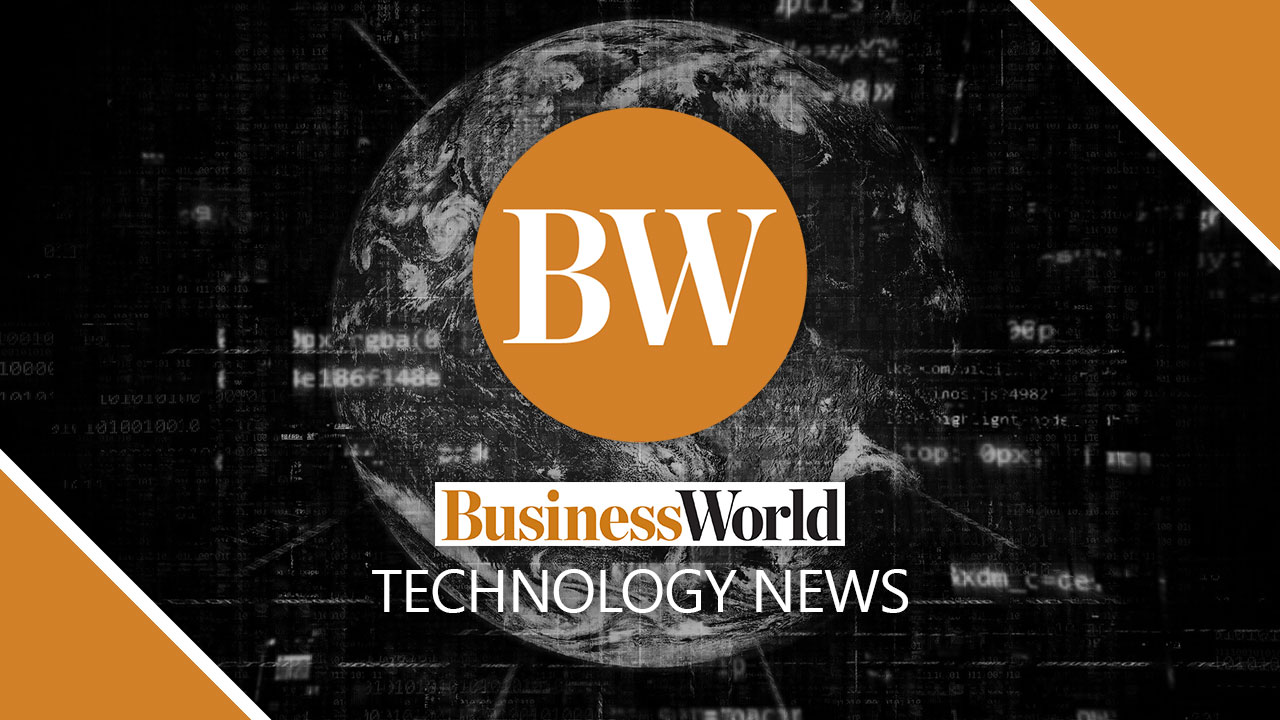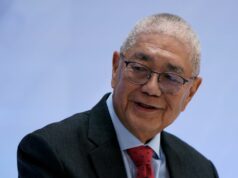Demand for finance apps climbs

MORE Filipinos installed finance apps, specifically digital banking platforms, in the first three months of 2021, following firms’ heightened marketing to gain more users, a study showed.
Non-organic installs (NOI) of finance apps increased by 20.2% in the country during the first quarter, higher than the 9.6% growth in the same period of 2020, based on a study conducted by California-based mobile marketing analytics AppsFlyer released on Tuesday. NOI refers to app downloads attributed to engagement with advertisements of a platform versus direct or organic installs.
AppFlyer said this higher NOI growth rate was on the back of firms’ 106% increase in spending for marketing to attract users. This was the second fastest growth in the region next to Indonesia (180%) and was followed by Thailand (92%) and Vietnam (48%).
For the Philippines, more than two thirds (69%) of finance app installations were digital banking platforms. This was followed by downloads of apps related to loans (22%), investments (6.3%), traditional banking (1.5%) and other financial services (0.8%).
However, downloads of loan apps declined as the number of lending apps dropped by 20% in the first quarter from a year earlier.
“The fintech sector has radically adapted to the changing environment and accelerated digital transformation, especially in developing markets where many are unbanked or underbanked,” Ronen Mense, managing director and president, Asia-Pacific, AppsFlyer, was quoted as saying.
“As more users shifted to their mobile devices, financial institutions followed suit, enabling consumers to function through their devices,” he added.
Meanwhile, the study also showed that Southeast Asia’s app fraud rates remained high, even as this declined by 20% from a year ago.
Fraud associated with digital bank apps increased by 16% in Southeast Asia, a point of concern for the Philippines where downloads of such platforms have climbed, AppsFlyer said.
On the other hand, fraud in loan apps fell by 33% in the first quarter.
The Bangko Sentral ng Pilipinas last year released a framework which sets apart digital banks from traditional lenders. Digital banks provide their services, including deposits and loans, through online platforms, versus offering them in branches like traditional lenders do. — L.W.T. Noble



